
Napa: The Heart of California Wine Country
Discover Napa: A haven for wine enthusiasts, food lovers, and nature seekers in the heart of California's stunning wine country.
Nestled in the picturesque Napa Valley, Napa is a charming city renowned for its world-class vineyards and exquisite wineries. Whether you're a wine connoisseur or a casual sipper, Napa offers an unparalleled experience of wine tasting and vineyard tours. The rolling hills, lush vineyards, and serene landscapes create a perfect backdrop for relaxation and exploration. Beyond the vineyards, Napa boasts a vibrant culinary scene with farm-to-table restaurants and gourmet food markets. Stroll through the quaint downtown area and discover boutique shops, art galleries, and historical landmarks. The Napa River runs through the city, providing scenic riverfront views and opportunities for outdoor activities like kayaking and fishing. For those seeking a bit of pampering, Napa is home to numerous luxury spas and resorts, offering rejuvenating treatments and breathtaking views. The city's rich history and warm hospitality make it a must-visit destination for anyone looking to experience the best of California's wine country.
Local tips in Napa
- Book winery tours in advance, especially during peak seasons, to ensure availability.
- Consider visiting during the spring or fall for mild weather and fewer crowds.
- Wear comfortable shoes as you'll be doing a lot of walking, especially in vineyards and downtown.
- Take advantage of the Napa Valley Wine Train for a unique dining and wine-tasting experience.
- Explore the Oxbow Public Market for a taste of local flavors and artisanal products.
Napa: The Heart of California Wine Country
Nestled in the picturesque Napa Valley, Napa is a charming city renowned for its world-class vineyards and exquisite wineries. Whether you're a wine connoisseur or a casual sipper, Napa offers an unparalleled experience of wine tasting and vineyard tours. The rolling hills, lush vineyards, and serene landscapes create a perfect backdrop for relaxation and exploration. Beyond the vineyards, Napa boasts a vibrant culinary scene with farm-to-table restaurants and gourmet food markets. Stroll through the quaint downtown area and discover boutique shops, art galleries, and historical landmarks. The Napa River runs through the city, providing scenic riverfront views and opportunities for outdoor activities like kayaking and fishing. For those seeking a bit of pampering, Napa is home to numerous luxury spas and resorts, offering rejuvenating treatments and breathtaking views. The city's rich history and warm hospitality make it a must-visit destination for anyone looking to experience the best of California's wine country.
When is the best time to go to Napa?
Iconic landmarks you can’t miss
Oxbow Public Market
Experience the flavors of Napa Valley at Oxbow Public Market, a vibrant hub of local food and artisanal products in California's wine country.
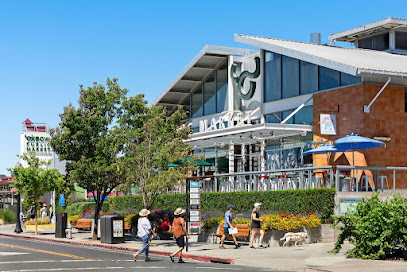
Napa Valley Wine Train
Discover the charm of Napa Valley aboard the Wine Train, where culinary delights and scenic vineyard views create a journey to remember.
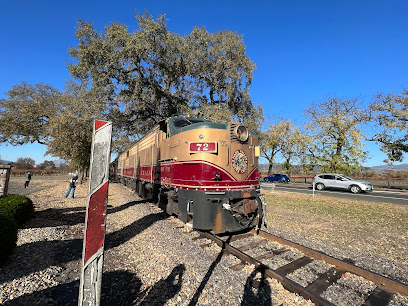
Skyline Wilderness Park
Discover the breathtaking landscapes and outdoor adventures at Skyline Wilderness Park in Napa, California, perfect for nature lovers and families alike.
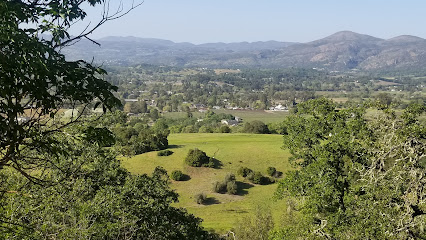
Welcome to Napa Valley Sign (South)
Discover the enchanting Welcome to Napa Valley Sign, your gateway to California's premier wine country, surrounded by stunning vineyards and captivating landscapes.
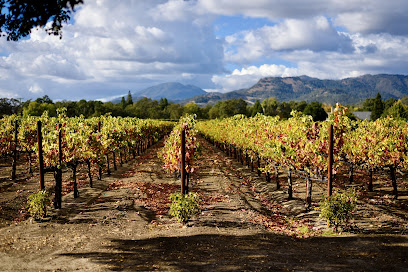
Napa Valley Expo
Experience the vibrant culture and festivities at Napa Valley Expo, the heart of community events in Napa, California.
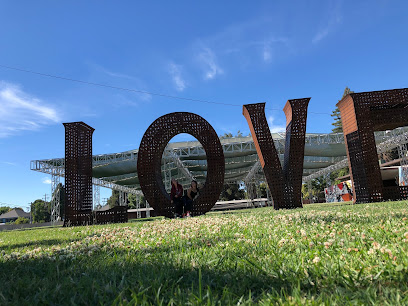
Napa Valley Balloons, Inc
Discover Napa Valley's breathtaking beauty from above with enchanting hot air balloon rides, offering stunning views and unforgettable memories.
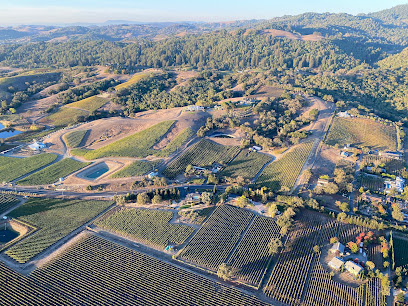
Napa Farmers Market
Discover the vibrant Napa Farmers Market: Fresh local produce, artisanal goods, and a taste of Napa Valley's culinary heritage await you.
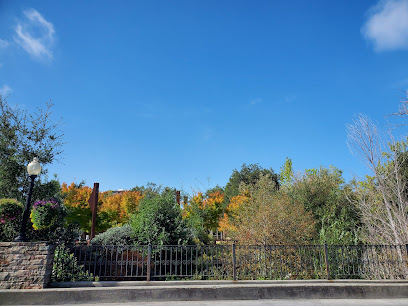
Napa Valley Welcome Center
Explore Napa Valley through its Welcome Center, your essential resource for wine tastings, local events, and unforgettable experiences in California's premier wine country.
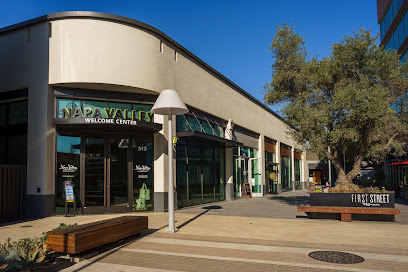
Housley Napa Valley
Experience the essence of Napa Valley at Housley Wine Bar, where exceptional local wines meet charming ambiance.
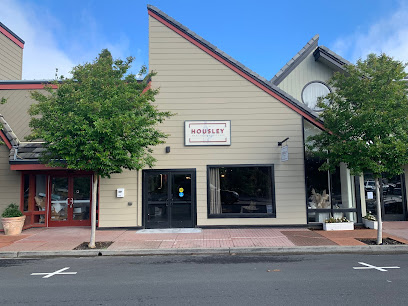
Copperfield's Books
Discover Copperfield's Books in Napa, where every book lover finds their next great read in a cozy, welcoming atmosphere.
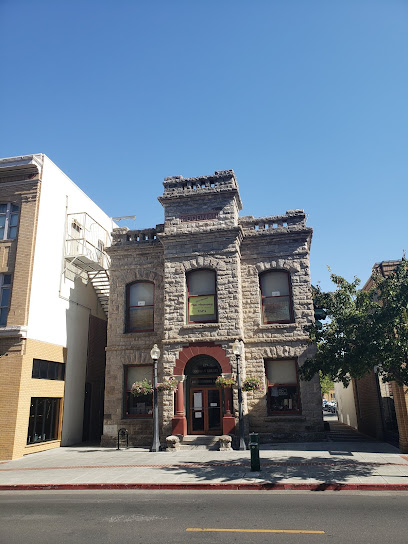
First Street Napa
Experience the charm of Napa at First Street Napa, where shopping, dining, and local culture come together in a vibrant atmosphere.
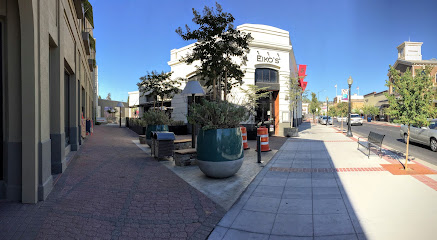
Fieldwork Brewing Company | Napa
Experience innovative craft beers at Fieldwork Brewing Company, a must-visit brewery in Napa, California, offering a delightful atmosphere for all beer lovers.
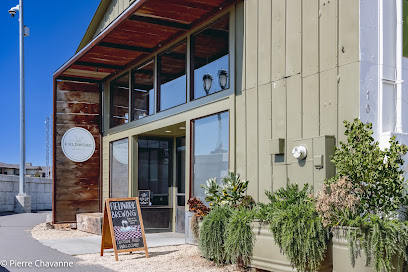
Bouchaine Vineyards
Discover the essence of Napa Valley at Bouchaine Vineyards, where exquisite wines and breathtaking views await every visitor.
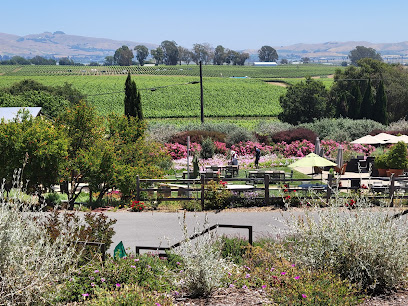
Napa Valley Wine Trolley
Explore the beauty of Napa Valley on the iconic Wine Trolley – a unique blend of sightseeing and wine tasting awaits you.
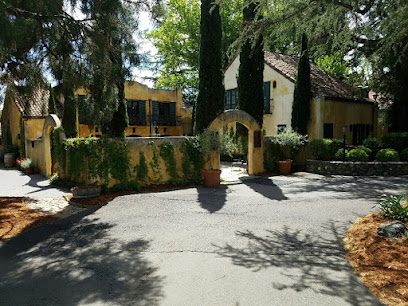
Cabernet House, an Old World Inn
Experience the charm of Napa Valley at Cabernet House, an Old World Inn—your cozy bed and breakfast retreat surrounded by beautiful vineyards.

Unmissable attractions to see
Oxbow Public Market
Discover the flavors of Napa at Oxbow Public Market, where gourmet food, local produce, and artisan products come together in a vibrant atmosphere.
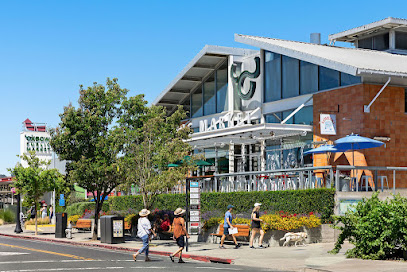
Sonoma Plaza
Experience the vibrant blend of history, culture, and culinary delights at Sonoma Plaza, the heart of Sonoma, California.
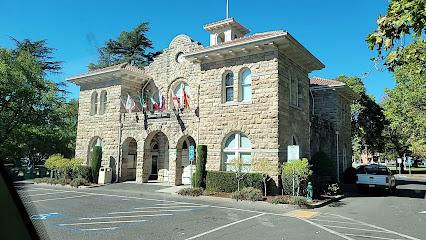
Castello di Amorosa
Experience the magic of Tuscany at Castello di Amorosa, a stunning winery and medieval castle in Napa Valley, California.

Sonoma Raceway
Experience high-speed thrills and unforgettable moments at Sonoma Raceway, the ultimate destination for motorsport enthusiasts in California's beautiful wine country.
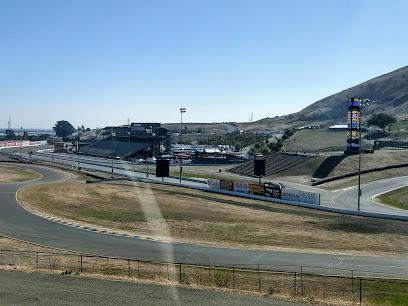
Napa Valley Wine Train
Experience Napa Valley's breathtaking vineyards on the Wine Train, where stunning views meet exquisite dining and unforgettable memories.

Napa Valley Wine Train
Discover the elegance of Napa Valley Wine Train with scenic views and exquisite dining for a memorable travel experience.
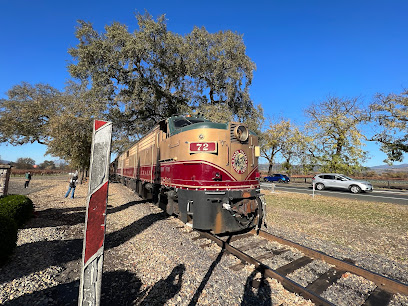
V. Sattui Winery
Explore the enchanting V. Sattui Winery in Napa Valley, where exquisite wines, gourmet food, and breathtaking scenery await you.
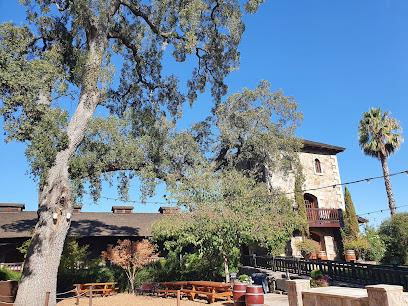
Old Faithful Geyser of California
Discover the wonders of nature at the Old Faithful Geyser of California, where spectacular eruptions and scenic beauty await.
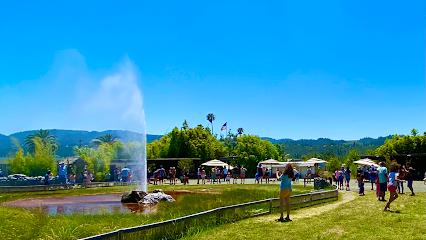
Safari West
Experience the thrill of the wild at Safari West, a premier wildlife and safari park in Santa Rosa, California, perfect for family adventures and animal encounters.

HopMonk Tavern Sebastopol
Discover culinary delights and vibrant live music at HopMonk Tavern in Sebastopol, where every meal is an experience.

Domaine Carneros
Experience the elegance of sparkling wines and breathtaking views at Domaine Carneros in Napa Valley, where tradition meets innovation in winemaking.
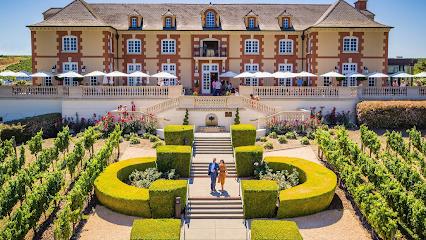
Domaine Carneros
Experience elegance and exquisite wines at Domaine Carneros, a premier Napa Valley winery known for its stunning views and exceptional sparkling wines.
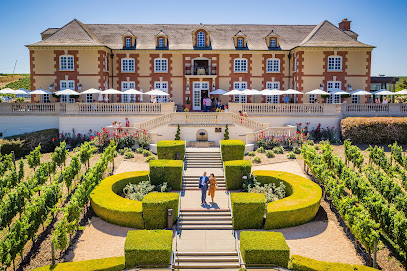
Napa Valley Aloft Hot Air Balloon Rides
Experience the breathtaking beauty of Napa Valley from the sky with unforgettable hot air balloon rides over exquisite vineyards.

Welcome to Napa Valley Sign (South)
Discover the iconic Napa Valley Sign, your gateway to California's picturesque wine country, where vineyards and gourmet experiences await.
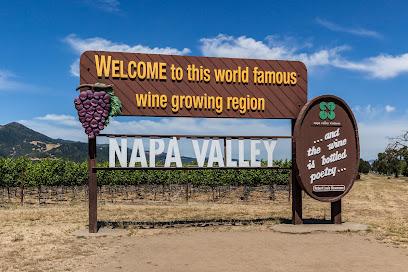
Skyline Wilderness Park
Discover the stunning landscapes and outdoor adventures at Skyline Wilderness Park in Napa, California, a perfect escape for nature lovers.
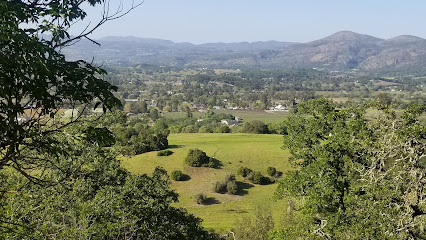
Essential places to dine
Gott's Roadside
Experience delicious American cuisine at Gott's Roadside in Napa—home to gourmet burgers and local flavors amidst stunning Californian scenery.
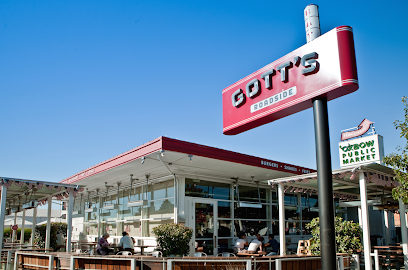
Bistro Don Giovanni
Experience authentic Italian cuisine in Napa Valley at Bistro Don Giovanni – a culinary gem with exquisite flavors and warm hospitality.
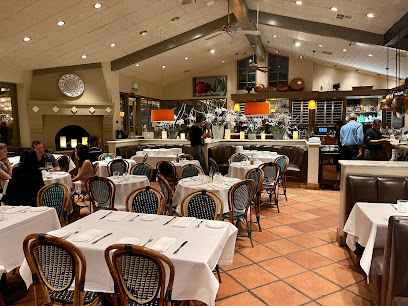
Galpão Gaucho Brazilian Steakhouse
Experience the rich flavors of Brazil at Galpão Gaucho Brazilian Steakhouse in Napa – where endless grilled meats meet warm hospitality.
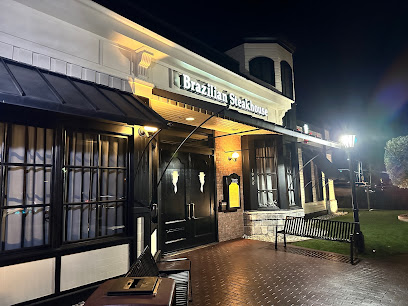
Boon Fly Café
Discover Boon Fly Café in Napa Valley: A delightful spot for American cuisine and local wines amidst stunning vineyard views.

Black Bear Diner Napa
Discover comforting American cuisine at Black Bear Diner Napa – perfect for families and breakfast lovers alike.
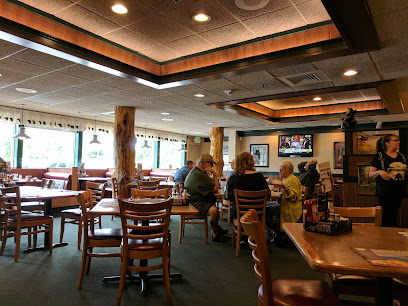
Allegria
Experience authentic Italian cuisine at Allegria in Napa; where each dish is crafted with passion and paired with exquisite local wines.
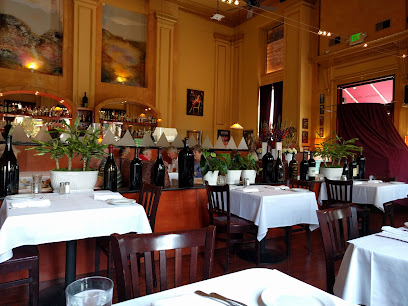
Morimoto Napa
Experience the fusion of traditional Japanese cuisine and modern culinary artistry at Morimoto Napa - where every meal is a masterpiece.
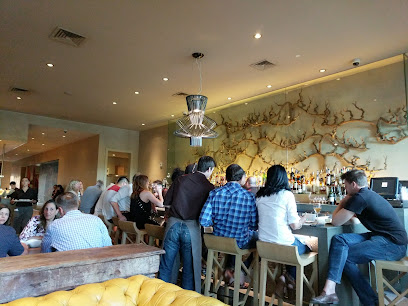
Bounty Hunter Wine Bar & Smokin' BBQ
Experience exquisite barbecue and unique wines at Bounty Hunter Wine Bar & Smokin' BBQ in Napa – where culinary delight meets local charm.
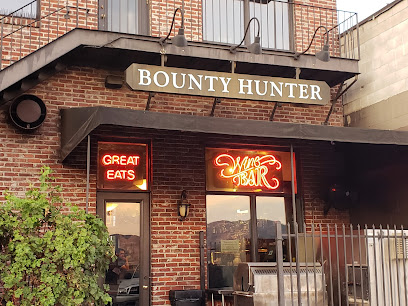
Don Perico Mexican Restaurant
Experience the vibrant flavors of authentic Mexican cuisine at Don Perico in Napa, California—where every meal is a fiesta!
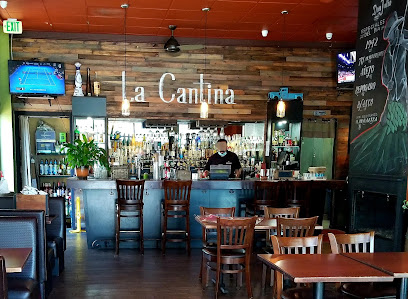
Grace's Table
Experience the essence of New American cuisine at Grace's Table in Napa – where every meal is a delightful journey through local flavors.
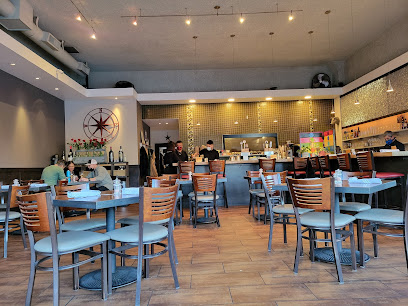
Napkins Bar & Grill
Experience exceptional grill cuisine paired with exquisite local wines at Napkins Bar & Grill in Napa Valley.
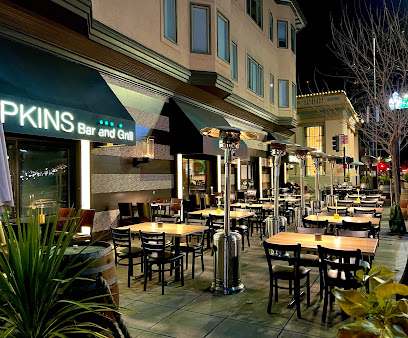
Cole's Chop House
Experience culinary excellence at Cole's Chop House in Napa Valley – where premium steaks meet exceptional service.
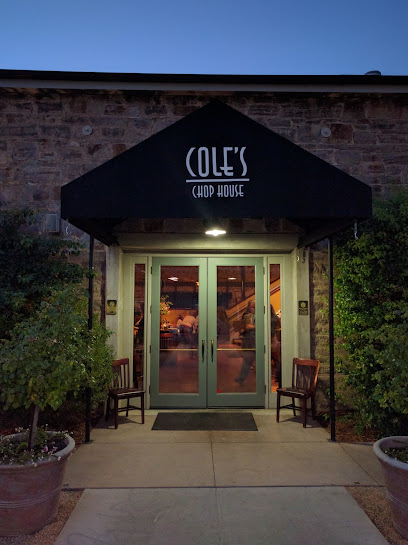
Zuzu
Experience authentic Spanish cuisine at Zuzu, where vibrant tapas and fine wines create unforgettable dining moments in Napa Valley.
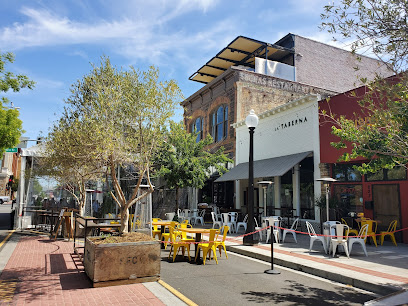
Hog Island Oyster Co
Discover the freshest oysters and sustainable seafood at Hog Island Oyster Co in Napa - where every bite is a taste of California's coastal charm.
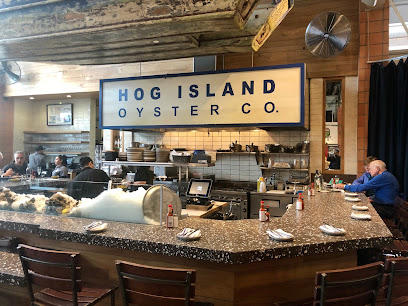
Angele Restaurant & Bar
Experience exquisite French cuisine at Angele Restaurant & Bar in Napa, where every meal is a celebration of flavor and ambiance.
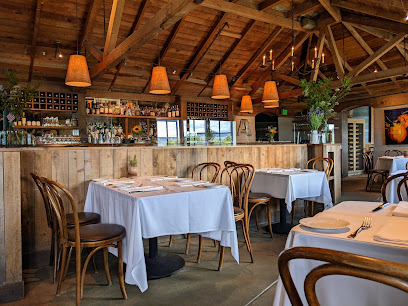
Markets, malls and hidden boutiques
Oxbow Public Market
Explore the culinary delights of Napa Valley at Oxbow Public Market, where local flavors, artisanal goods, and vibrant atmosphere await.

Napa Premium Outlets
Discover unbeatable deals and a unique shopping experience at Napa Premium Outlets in the heart of Napa Valley.
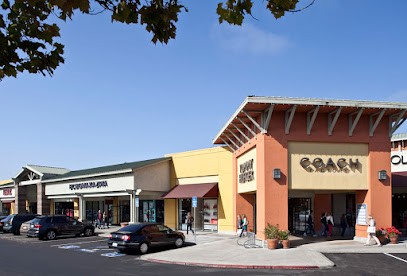
South Napa Market Place
Experience the vibrant shopping and dining at South Napa Market Place, where local culture meets a lively atmosphere in the heart of Napa Valley.
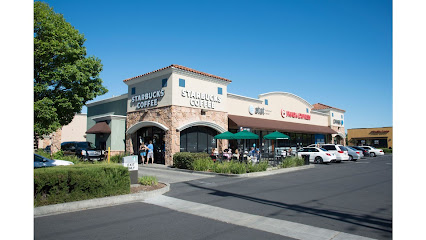
Bel Aire Plaza
Explore Bel Aire Plaza: Napa's vibrant shopping mall featuring over 100 stores, delightful dining, and a welcoming atmosphere for all.

First Street Napa
Explore First Street Napa, a charming shopping mall with unique boutiques, dining delights, and vibrant local culture in the heart of Napa Valley.
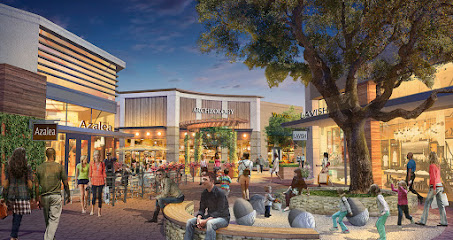
Vintage Sweet Shoppe
Explore Napa's Vintage Sweet Shoppe, where artisan chocolates, homemade ice cream, and local wines come together for an unforgettable dessert experience.

Antiques On Second
Explore Antiques On Second in Napa for unique vintage finds and rich history, perfect for collectors and casual shoppers alike.
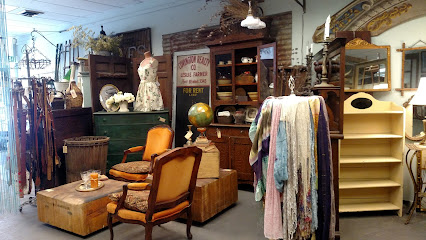
GLenna's Rescued Treasures, LLC
Uncover unique treasures and charming home goods at Glenna's Rescued Treasures in Napa, a delightful consignment shop with a personal touch.
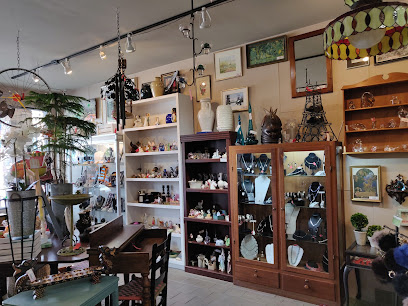
American Cancer Society Discovery Shop - Napa
Explore unique thrift store treasures at the American Cancer Society Discovery Shop in Napa, where every purchase supports cancer research and patient care.
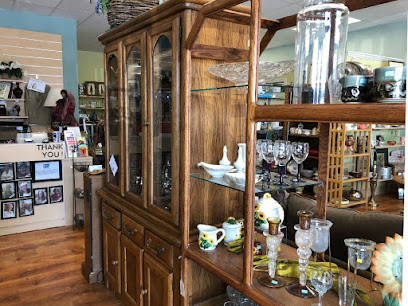
Boho Lifestyle
Discover unique fashion and home decor at Boho Lifestyle Boutique in Napa, California, where bohemian charm meets local artistry.

Makers Market
Discover unique handcrafted gifts at Makers Market, where local artisans showcase their creativity in the heart of Napa Valley.
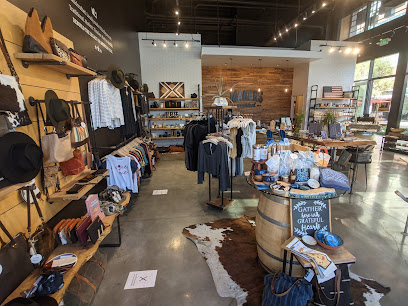
Inti
Explore Inti in Napa, California – a charming gift shop offering unique clothing, jewelry, and treasures that embody local culture.
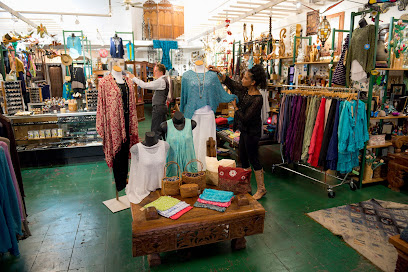
Betty's Girl Napa
Explore the charm of vintage fashion at Betty's Girl Napa, featuring unique women's clothing and custom dressmaking in the heart of Napa.
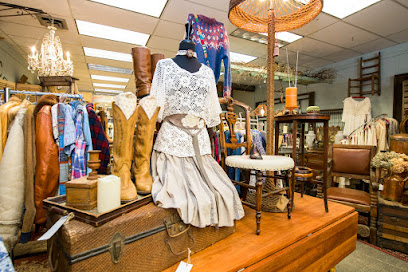
The Bennington Napa Valley
Explore The Bennington Napa Valley: Your destination for unique gifts, local wines, and artisan treasures in the heart of Napa Valley.
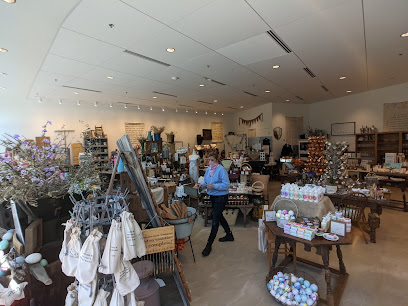
Shoppe Twelve
Explore Shoppe Twelve, Napa's premier women's boutique, offering a curated selection of stylish clothing and accessories for every occasion.
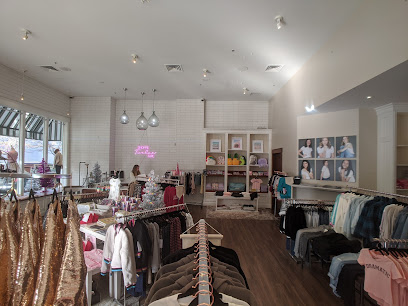
Essential bars & hidden hideouts
Bounty Hunter Wine Bar & Smokin' BBQ
Experience the flavorful fusion of barbecue and wine at Bounty Hunter Wine Bar & Smokin' BBQ, a must-visit destination in Napa, California.
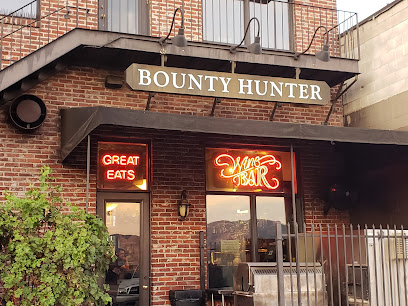
Napkins Bar & Grill
Discover the perfect blend of grilled delights and fine wines at Napkins Bar & Grill, Napa's culinary treasure.
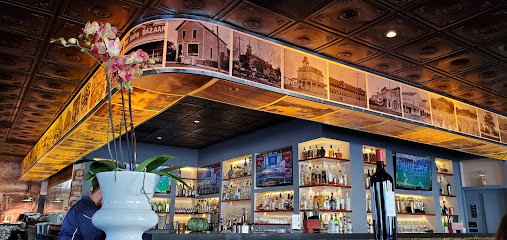
Napa Palisades Saloon
Experience culinary excellence at Napa Palisades Saloon, where local flavors meet a vibrant gastropub atmosphere in the heart of Napa Valley.

Norman Rose Tavern
Savor the essence of American cuisine at Norman Rose Tavern in Napa, where delicious meals meet craft brews in a cozy pub atmosphere.
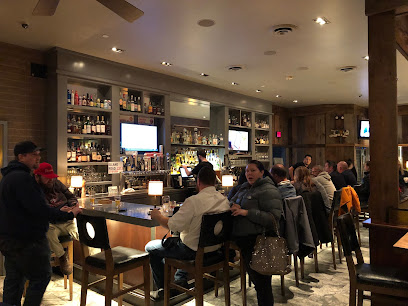
Sky & Vine Rooftop Bar
Discover the breathtaking views and exquisite drinks at Sky & Vine Rooftop Bar, the premier destination for a chic experience in Napa Valley.
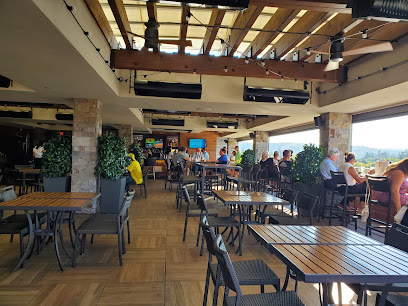
Carpe Diem Restaurant & Bar
Experience the vibrant flavors of Napa Valley at Carpe Diem Restaurant & Bar, where culinary excellence meets a stunning wine selection.
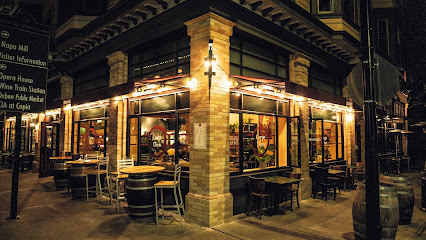
Cadet Wine & Beer Bar
Discover the best of Napa's local wines and craft beers at Cadet Wine & Beer Bar, where a vibrant atmosphere meets exceptional service.
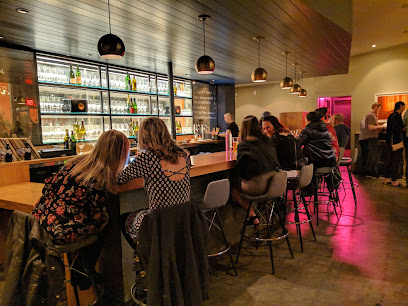
Stone's Sports Bar & Lounge
Experience the vibrant nightlife of Napa at Stone's Sports Bar & Lounge, offering delicious cocktails and a lively atmosphere for all.
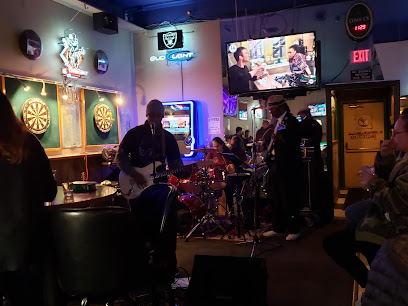
Green Door
Discover the vibrant cocktail scene at Green Door, a must-visit bar in Napa, CA, offering unique drinks and a cozy atmosphere.
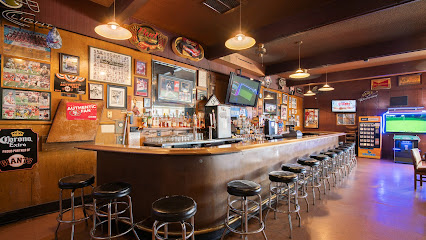
Be Bubbly Lounge & Bistro
Discover Be Bubbly Lounge & Bistro, a delightful wine bar in Napa offering exquisite local wines and scrumptious bites in a vibrant setting.
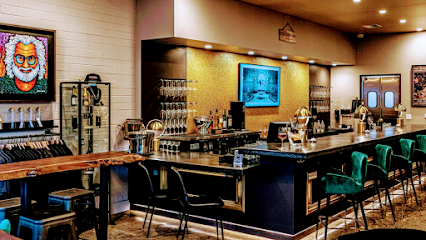
ArBARetum
Experience the unique mixology at ArBARetum, a vibrant cocktail bar in Napa, California, where creativity meets flavor in every sip.
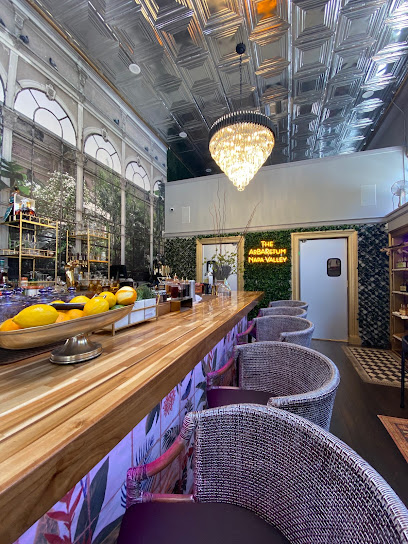
Ox and the Fox
Discover Ox and the Fox, where creative cocktails and whimsical decor create an unforgettable bar experience in the heart of Napa.
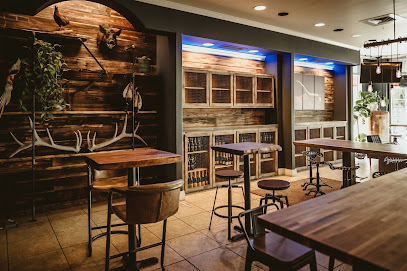
Wine Girl Napa Valley
Discover the essence of Napa Valley at Wine Girl, where exceptional wines and delightful small plates create a memorable experience.

Mercantile Social
Experience innovative cocktails and vibrant atmosphere at Mercantile Social in Napa, a must-visit cocktail bar for every traveler.
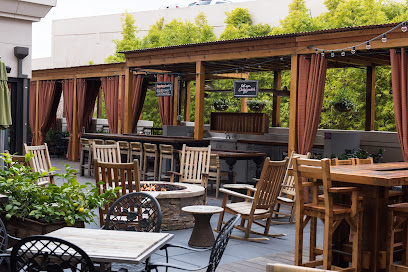
The Fink
Experience the best of Napa's nightlife at The Fink, where innovative cocktails and a vibrant atmosphere await every visitor.
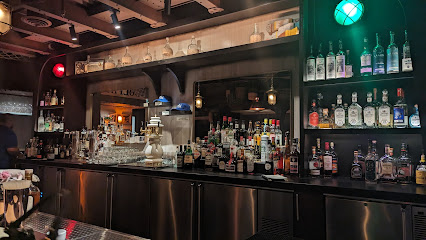
Local Phrases
-
- HelloHowdy
[haw-dee] - GoodbyeSee ya later
[see ya lay-ter] - YesYep
[yep] - NoNah
[nah] - Please/You're welcomePlease/No problem
[pleez/no prob-lem] - Thank youThanks a bunch
[thanks a bunch] - Excuse me/SorryPardon me/My bad
[par-dun me/my bad] - How are you?How's it going?
[hows it go-in?] - Fine. And you?Good. How about you?
[good. how a-bout yew?] - Do you speak English?You speak English?
[yew speak ing-lish?] - I don't understandI don't get it
[I don't get it]
- HelloHowdy
-
- I'd like to see the menu, pleaseCan I check out the menu?
[can I chek out the menu?] - I don't eat meatI'm vegetarian
[I'm ve-juh-tear-ee-an] - Cheers!Cheers!
[cheers!] - I would like to pay, pleaseI'll pay now, thanks
[I'll pay now, thanks]
- I'd like to see the menu, pleaseCan I check out the menu?
-
- Help!Help!
[help!] - Go away!Get lost!
[get lost!] - Call the Police!Call the cops!
[call the cops!] - Call a doctor!Get a doctor!
[get a doc-tor!] - I'm lostI'm lost
[I'm lost] - I'm illI'm sick
[I'm sick]
- Help!Help!
-
- I'd like to buy...I wanna buy...
[I wanna buy...] - I'm just lookingJust browsing
[just browse-ing] - How much is it?What's the price?
[whats the price?] - That's too expensiveThat's pricey
[thats price-ee] - Can you lower the price?Can you give a discount?
[can yew give a dis-count?]
- I'd like to buy...I wanna buy...
-
- What time is it?What's the time?
[whats the time?] - It's one o'clockIt's one
[its one] - Half past (10)Ten thirty
[ten thur-tee] - MorningMorning
[mor-ning] - AfternoonAfternoon
[af-ter-noon] - EveningEvening
[eve-ning] - YesterdayYesterday
[yes-ter-day] - TodayToday
[to-day] - TomorrowTomorrow
[to-mor-row] - 1One
[wun] - 2Two
[too] - 3Three
[three] - 4Four
[four] - 5Five
[five] - 6Six
[six] - 7Seven
[sev-en] - 8Eight
[ate] - 9Nine
[nine] - 10Ten
[ten]
- What time is it?What's the time?
-
- Where's a/the...?Where's the...?
[wheres the...?] - What's the address?What's the address?
[whats the address?] - Can you show me (on the map)?Can you show me (on the map)?
[can yew show me (on the map)?] - When's the next (bus)?When's the next (bus)?
[whens the next (bus)?] - A ticket (to ....)One ticket (to ....)
[wun ticket (to ....)]
- Where's a/the...?Where's the...?
History of Napa
-
Long before European settlers arrived, the Napa Valley was home to several Native American tribes, including the Wappo and Patwin. These tribes thrived in the region’s rich environment, which provided ample resources for hunting, fishing, and gathering. The native people had a deep connection to the land, and their way of life was intricately linked to the natural cycles of the valley.
-
In the early 1800s, Spanish missionaries and soldiers arrived in the Napa Valley, bringing with them European agriculture and livestock. The region became part of Mexico in 1821 following Mexico's independence from Spain. During this period, large land grants known as 'ranchos' were established. One notable grant was Rancho Carne Humana, awarded to George C. Yount, who was one of the first European settlers in the valley.
-
The California Gold Rush of 1848-1855 brought a wave of settlers to the Napa Valley. While many were drawn by the promise of gold in the nearby Sierra Nevada, some chose to stay and settle in Napa. The town of Napa was officially founded in 1847 by Nathan Coombs. It quickly became a bustling center for trade and agriculture, thanks to its fertile lands and strategic location along the Napa River.
-
Napa Valley's modern history is deeply intertwined with its wine industry. The first commercial vineyard was established by John Patchett in 1858. Charles Krug, often considered the father of Napa Valley winemaking, opened his winery in 1861. The late 19th century saw a boom in vineyard planting, but the industry faced significant challenges, including phylloxera infestations and Prohibition. Despite these setbacks, the wine industry eventually rebounded and flourished.
-
The Prohibition era (1920-1933) was a challenging time for Napa Valley wineries. Many were forced to close, while others survived by producing sacramental wine or selling grapes to home winemakers. After Prohibition ended, the industry began to recover, but it wasn't until the 1960s and 70s that Napa Valley truly began to gain international recognition for its high-quality wines. The 1976 Judgment of Paris, where Napa wines famously bested French wines in a blind tasting, was a pivotal moment that catapulted the region to global fame.
-
Today, Napa Valley is world-renowned for its wine production, attracting millions of visitors each year. The valley is home to over 400 wineries, many of which offer tours and tastings. The region has also become known for its culinary scene, luxurious accommodations, and scenic beauty. Napa's history is preserved in its historic buildings, museums, and the stories told by its long-standing residents. The continued success of the wine industry and the growth of tourism have solidified Napa Valley as a premier travel destination.
Napa Essentials
-
Napa is located in Northern California, approximately 50 miles northeast of San Francisco. The nearest major airport is San Francisco International Airport (SFO), but travelers can also fly into Oakland International Airport (OAK) or Sacramento International Airport (SMF). From these airports, you can rent a car, take a shuttle service, or use a ride-sharing app to reach Napa. Driving from San Francisco to Napa typically takes about 1.5 hours, depending on traffic.
-
Within Napa, the most convenient way to get around is by car, as public transport options are limited. Car rentals are widely available. Alternatively, Napa has several ride-sharing services like Uber and Lyft. For a more leisurely experience, consider renting a bicycle or taking a guided wine tour, many of which offer transportation. The Napa Valley Wine Train is another scenic option for touring the region.
-
The official currency is the United States Dollar (USD). Credit cards are widely accepted in Napa, including in most restaurants, hotels, and shops. ATMs are plentiful, and many establishments also accept mobile payments like Apple Pay and Google Wallet. However, it’s always a good idea to carry some cash for smaller vendors and tips.
-
Napa is generally a safe destination for tourists. However, standard safety precautions should still be taken. Avoid leaving valuables in your car and be cautious in crowded areas. Some neighborhoods in Napa have higher crime rates, particularly in the city center and areas near highways. It's advisable to avoid these areas after dark.
-
In case of emergency, dial 911 for immediate assistance. Napa has well-equipped medical facilities, including Queen of the Valley Medical Center. It’s recommended to have travel insurance that covers medical emergencies. Pharmacies are readily available for minor health issues, and most staff speak English.
-
Fashion: Do dress in layers, as Napa's weather can change quickly. Casual attire is generally acceptable, but some upscale restaurants may require more formal clothing. Avoid overly revealing attire. Religion: Do be respectful of local customs, though Napa is a largely secular community. Public Transport: Do plan ahead, as public transport is limited. Don’t rely solely on buses or trains for getting around. Greetings: Do greet people with a smile and a handshake. Californians are generally friendly and informal. Eating & Drinking: Do try the local wines and cuisine. Don’t drink and drive; use a designated driver or a ride-sharing service.
-
To experience Napa like a local, visit during the off-peak seasons of spring and fall when the weather is pleasant and the crowds are thinner. Explore the smaller, family-owned wineries for a more intimate experience. Visit the local farmers' markets to sample fresh produce and artisanal products. Take advantage of the numerous hiking and biking trails to enjoy the natural beauty of the region. Engaging with locals can also provide insider tips on hidden gems and lesser-known attractions.
Trending Landmark in Napa
-
Oxbow Public Market
-
Napa Valley Wine Train
-
Skyline Wilderness Park
-
Welcome to Napa Valley Sign (South)
-
Napa Valley Expo
-
Napa Valley Balloons, Inc
-
Napa Farmers Market
-
Napa Valley Welcome Center
-
Housley Napa Valley
-
Copperfield's Books
-
First Street Napa
-
Fieldwork Brewing Company | Napa
-
Bouchaine Vineyards
-
Napa Valley Wine Trolley
-
Cabernet House, an Old World Inn
Nearby Cities to Napa
-
Things To Do in Martinez
-
Things To Do in Concord
-
Things To Do in Walnut Creek
-
Things To Do in Berkeley
-
Things To Do in Antioch
-
Things To Do in Oakland
-
Things To Do in Danville
-
Things To Do in San Francisco
-
Things To Do in San Leandro
-
Things To Do in Brentwood
-
Things To Do in San Ramon
-
Things To Do in Daly City
-
Things To Do in Castro Valley
-
Things To Do in San Lorenzo
-
Things To Do in Hayward













